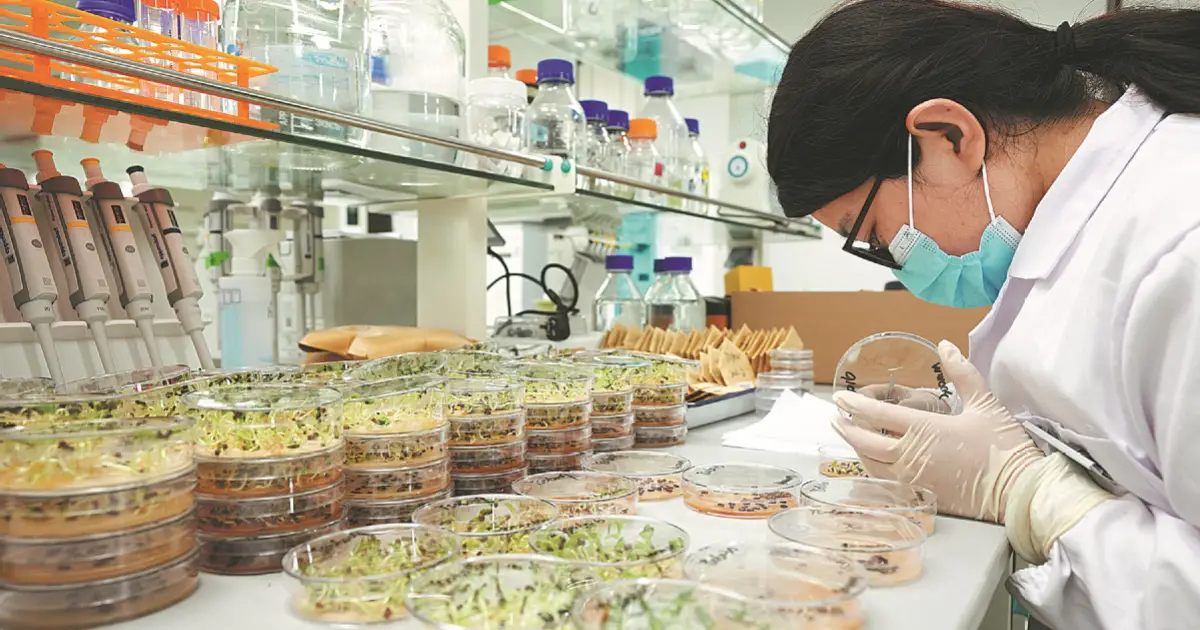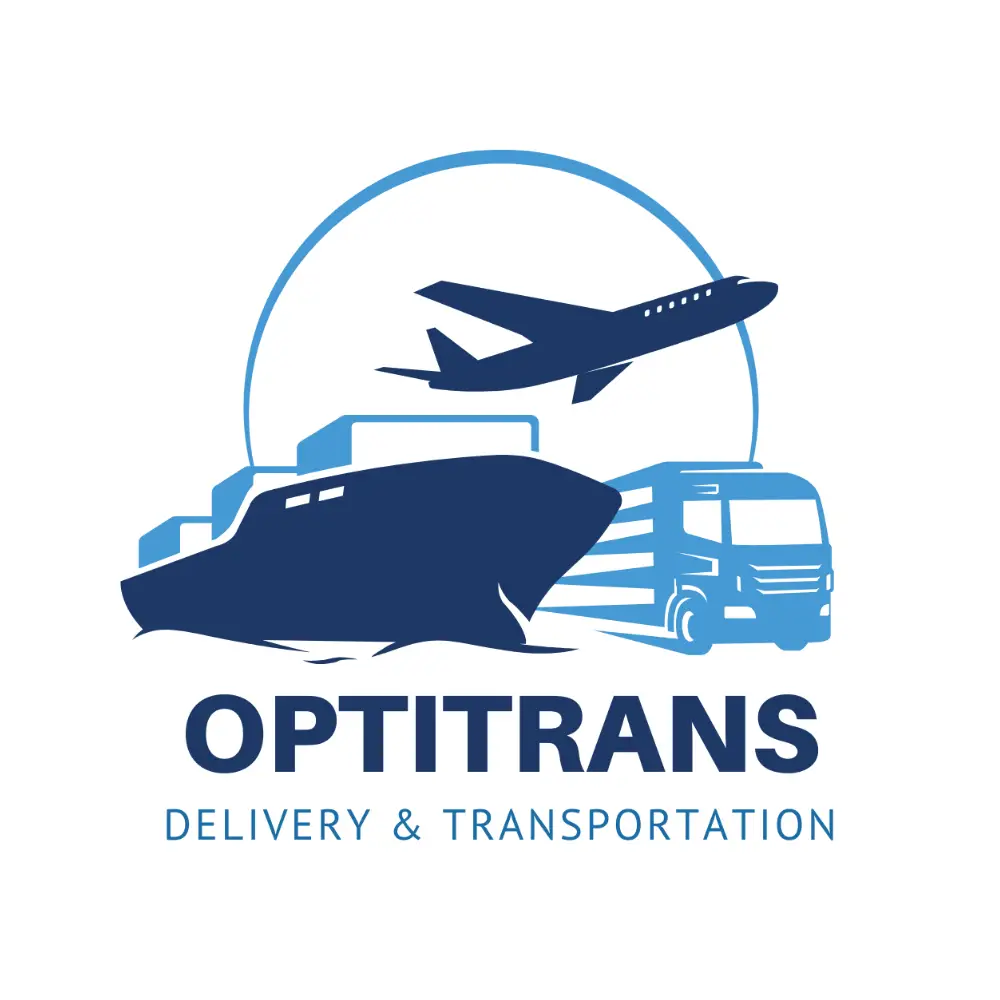Animal and plant quarantine plays a crucial role in safeguarding human health, livestock, and plant hygiene. Its primary objectives include maintaining societal stability, fostering production growth, and safeguarding public health. By detecting, preventing, and eliminating substandard animals and plants, quarantine measures effectively mitigate the risk of disease introduction through transportation channels into our country.
The process of conducting animal and plant quarantine for export goods typically involves the following steps:
- Step 1: Prepare a set of paper documents, including an application for quarantine according to the required form, an introduction letter, a contract, and a commercial invoice.
- Step 2: Take a sample of a quarantine object
- Step 3: After conducting a sample test and obtaining the results, the enterprise submitted the original copy of the Bill to the Quarantine Department to obtain the quarantine certificate.


The process of conducting animal and plant quarantine license for imported goods typically involves the following steps:
- Step 1: Compile a set of paper documents including a quarantine registration application, foreign trade contract, commercial invoice, packing list, bill of lading, quarantine certificate from the exporting country (if applicable), minutes of temporary handover of goods pending inspection at the warehouse, and any necessary customs translations.
- Step 2: Take a sample of a quarantine object
- Step 3: The Quarantine Sub-department schedules the return of results after 7 working days, excluding holidays.
Businesses seeking plant quarantine services are invited to consult with Optitrans Co., Ltd. We offer expert advice and provide top-notch phytosanitary services at the most competitive rates and with expedited processing times!


